Grok vs ChatGPT: Which AI Chatbot is Better?
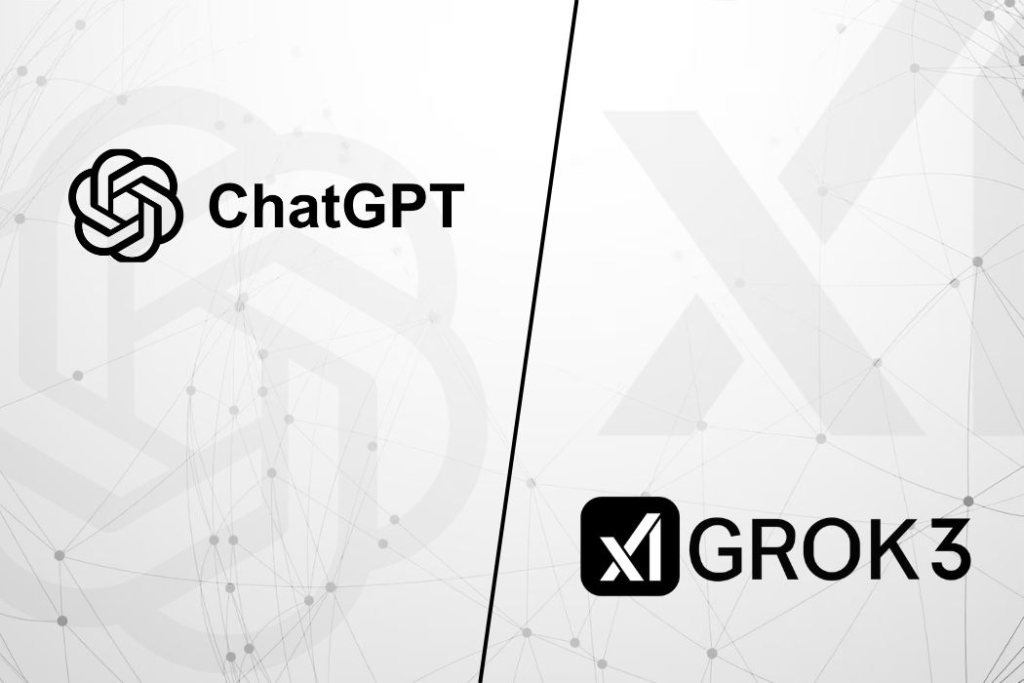
Introduction to AI Chatbots: Grok vs ChatGPT
AI chatbots have revolutionized digital communication, making interactions smarter and more efficient. Among the top contenders in this space are Grok, developed by Elon Musk’s xAI, and ChatGPT, created by OpenAI. Both chatbots leverage advanced artificial intelligence to assist users in various ways, but how do they compare? In this blog, we will explore their features, capabilities, key differences, strengths, and potential use cases to help you decide which AI chatbot is better suited to your needs.
What is Grok?
Grok is an AI chatbot developed by xAI, a company founded by Elon Musk. It is designed to provide real-time, insightful, and sometimes humorous responses. One of its standout features is its access to live data from X (formerly Twitter), allowing it to stay up-to-date with the latest trends and news.
Unlike traditional AI chatbots that rely primarily on pre-trained knowledge, Grok’s ability to fetch and process live data gives it an edge in providing fresh insights and opinions on current events. It is designed to be more engaging and witty, often delivering responses with a unique personality.
Key Features of Grok:
Real-time Internet Access: Can pull in live data from X (Twitter) for current events and trending topics.
Conversational Tone: Built to be witty and engaging, unlike traditional AI assistants.
Integration with X (Twitter): Can interact with X’s ecosystem seamlessly, making it useful for social media users.
Elon Musk’s Vision: Aims to be an alternative to mainstream AI chatbots with a more open-ended approach to answering questions.
Improved Engagement: Unlike many AI models that focus on neutrality, Grok is designed to be opinionated and bold in its responses.
What is ChatGPT?
ChatGPT, developed by OpenAI, is one of the most widely used AI chatbots. It is powered by the GPT (Generative Pre-trained Transformer) model, which allows it to generate human-like text, answer questions, and assist with various tasks.
Unlike Grok, ChatGPT relies on a vast dataset of knowledge that includes books, articles, and other publicly available sources up to a certain cutoff date. It is designed to be more structured, making it highly versatile in various applications, including content creation, coding assistance, and business automation.
Key Features of ChatGPT:
Trained on Vast Data Sets: Has extensive knowledge up to a certain cutoff date, making it useful for general knowledge and deep learning tasks.
Multiple Versions: Available in both free and paid versions, with GPT-4 offering advanced capabilities.
Customizable Responses: Can adapt to different tones and styles of conversation based on user input.
Strong Coding and Writing Abilities: Frequently used for content creation, coding, debugging, and problem-solving.
Wide Accessibility: Can be used via OpenAI’s web interface, mobile app, and API for third-party integrations.
Grok vs ChatGPT: Key Differences Between Grok and ChatGPT
| Feature | Grok | ChatGPT |
|---|---|---|
| Developer | xAI (Elon Musk) | OpenAI |
| Data Access | Real-time data from X (Twitter) | Trained on vast datasets but may not have real-time updates |
| Tone | Witty, sarcastic, and informal | Formal and adaptable based on user input |
| Integration | Works well within the X ecosystem | Standalone application with API integration capabilities |
| Usage Scope | Designed for general conversations with a humorous twist | More versatile, used in education, business, and development |
| Paid Plans | Still evolving | Offers free (GPT-3.5) and paid (GPT-4) versions |
| Customization | Limited customization, focuses on engagement | Highly customizable for various professional uses |
Grok vs ChatGPT: Performance and Accuracy: Which One is Better?
Both chatbots have impressive performance, but their strengths differ:
Grok excels in real-time information retrieval, making it useful for staying updated with the latest trends and news. If you frequently follow breaking news or trending discussions on social media, Grok’s ability to pull real-time data is invaluable.
ChatGPT is superior in structured responses, especially for coding, essay writing, and detailed explanations. If you require long-form content, structured responses, or educational assistance, ChatGPT is the preferred choice.
If you need real-time updates and an AI with a more engaging personality, Grok is the better option. However, if you want well-structured and detailed responses across various fields, ChatGPT takes the lead (Grok vs ChatGPT).
Grok vs ChatGPT: Customization and Personalization
Grok’s Personalization:
Focuses on informal and engaging conversations, making it ideal for casual users.
Provides real-time insights tailored to trending topics, making it useful for journalists, social media influencers, and those who thrive on up-to-the-minute updates.
Limited customization options for tone or style, as it leans heavily toward being witty and bold.
ChatGPT’s Personalization:
Can adjust its tone and style based on prompts, making it useful for professional and educational purposes.
Offers API integrations, allowing businesses to create AI-powered chat systems and automate workflows.
More flexible for structured content creation, making it widely used for blogs, reports, business documents, and even academic research.
Grok vs ChatGPT Use Cases: Where Each AI Excels
Grok’s Best Use Cases:
Social media interactions and real-time discussions.
Casual and humorous conversations.
Keeping up with live trends on X (Twitter).
Opinionated and engaging discussions about current events.
ChatGPT’s Best Use Cases:
Writing assistance (blogs, essays, reports).
Coding and debugging support.
Business and educational applications.
Customer service automation and chatbot deployment.
Content creation for marketing and SEO.
Grok vs ChatGPT: Accessibility and Pricing
Grok is still in its early stages and is primarily integrated with X, making it somewhat exclusive. ChatGPT, on the other hand, is available through OpenAI’s platform and APIs, with free and paid tiers.
ChatGPT Free (GPT-3.5): Limited features but still powerful.
ChatGPT Plus (GPT-4): Costs $20/month for advanced capabilities.
Grok: Currently available to select users but expected to expand its accessibility.
Grok vs ChatGPT: Limitations and Challenges
Grok’s Limitations:
Still in development with limited access.
Focuses more on entertainment and casual discussions rather than structured responses.
Heavily dependent on X (Twitter) data, which may limit its broader usability.
ChatGPT’s Limitations:
Lacks real-time browsing in the free version.
Some responses can be overly generic or outdated due to data limitations.
Premium version requires a subscription for the best features.
Grok vs ChatGPT: Which AI Chatbot Should You Choose?
If you need real-time updates and a conversational AI with humor, go for Grok.
If you require detailed responses, structured content, and coding support, ChatGPT is the better choice.
Conclusion
The battle of Grok vs ChatGPT highlights how AI chatbots are evolving with different strengths and purposes. While Grok is more engaging and offers real-time updates, ChatGPT is structured, versatile, and useful for a wide range of professional applications. As AI technology continues to advance, both chatbots will improve, offering users more personalized and intelligent interactions.
If you’re looking for an AI chatbot that fits your needs, experiment with both Grok and ChatGPT (Grok vs ChatGPT) to see which one aligns best with your expectations. AI is shaping the future of communication—stay ahead and embrace the revolution!
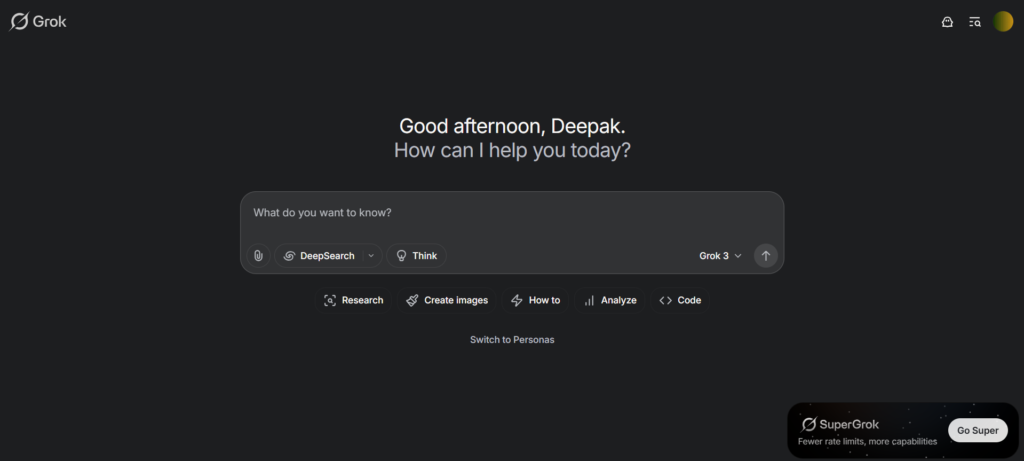
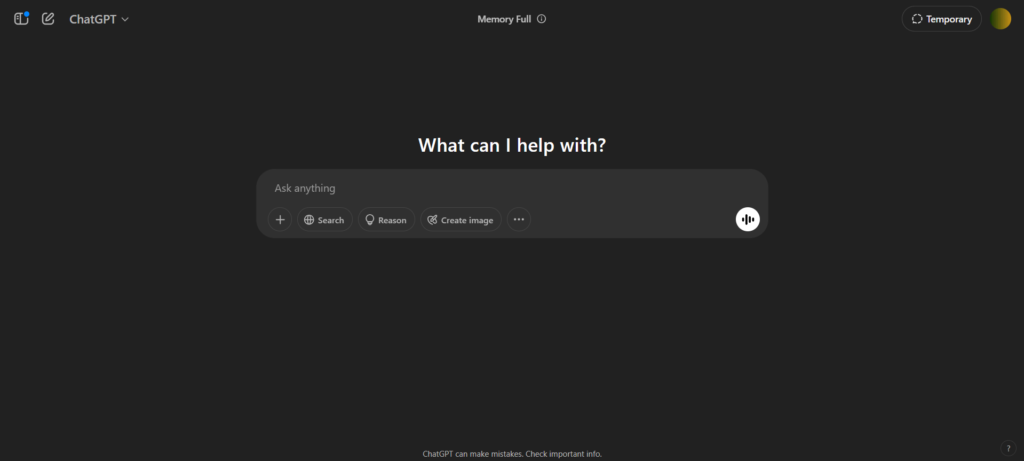
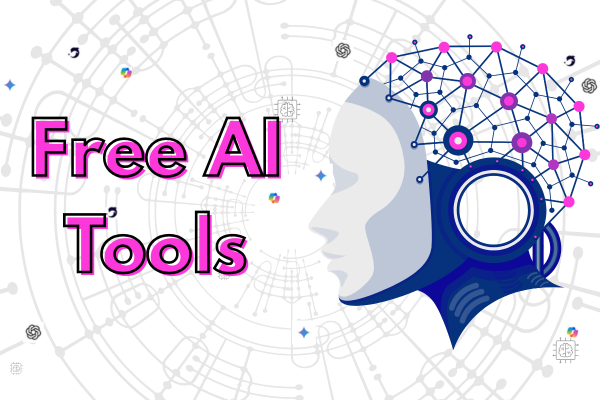
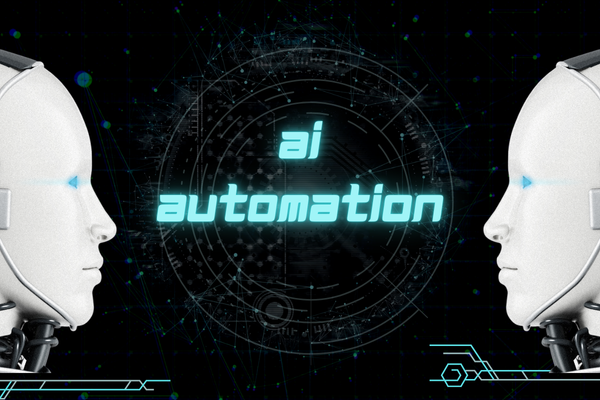
Pingback: Free AI Tools: Discover the Best Tools for Every Industry 1